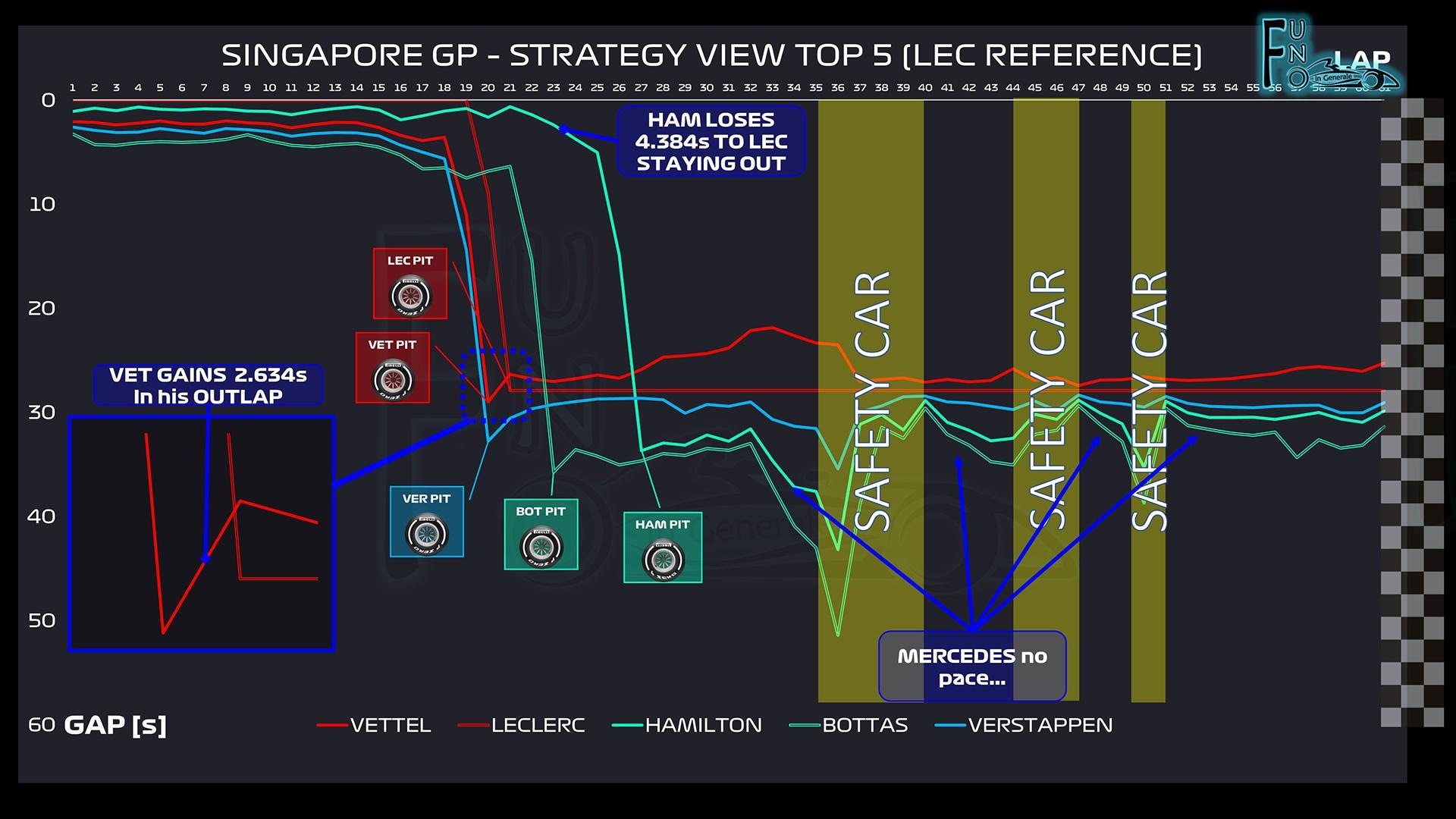Frequency and amplitude
The mass damper is not the kind of device you would normally see in a Formula One car. Particularly because of its weight. The mass damper in the Renault R26 weighed over 10 kg. Not exactly what you call weight saving. Also, the mass damper was fitted in the R26’s nose, which is quite high above the ground and far away from the car’s centre of gravity. So, one must understand that the mass damper had quite the effect to be able to overcome its downsides. What does it do? Simply put, the mass damper was a nine kg round plate put in a cylinder. The plate was centered by two springs that gave the plate vertical movement. The cylinder was part of the chassis and formed a rigid part of the car. Even more, Renault claimed the car was built around the damper. The damper was made to counter vertical movement by the car. In other words, it had to make sure the car ran smooth around the track. A Formula One car shakes and vibrates when it jumps over kerbstones and little bumps on the track surface. The damper counters this by making the same movement in the opposite direction. Normally the tires of a Formula One car vibrate at a frequency between eight and twelve hertz. This vibration creates two effects: changing weight loads between the track and the surface of the tires, and a disrupted airflow underneath the car; airflow vital for the diffuser to work. The damper makes sure that this vertical oscillation (movement of an unsprung mass around a single point, i.e. the bouncing Formula One car) is countered. Let’s take a non-factual example to explain the effect. Let’s say the four wheels of a race car put a total amount of 500 kg of pressure on the tarmac. This amount continuously fluctuates while the car drives round the track. This fluctuation results in any amount of pressure between 400 and 600 kg. Adding the mass damper, any vertical oscillation gets the same amount of counter movement, cutting the oscillation in half. This results in the car putting a more consistent amount of pressure on the track, favouring grip and traction through corners. It had a substantial effect for the Renault R26. The car didn’t need to be adjusted for more downforce to be able to corner faster, which was beneficial for fuel consumption and top speed.
https://www.gptoday.net/en/news/f1/209163/mass-dampers-forgotten-ingenuity
















